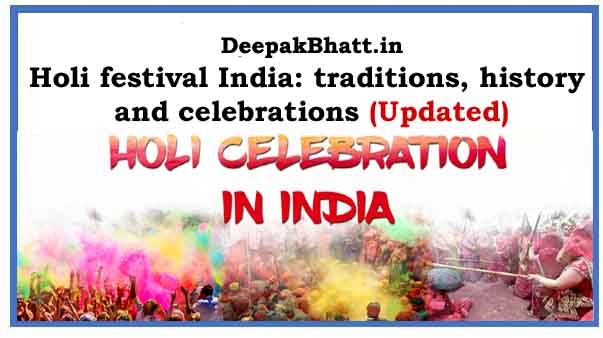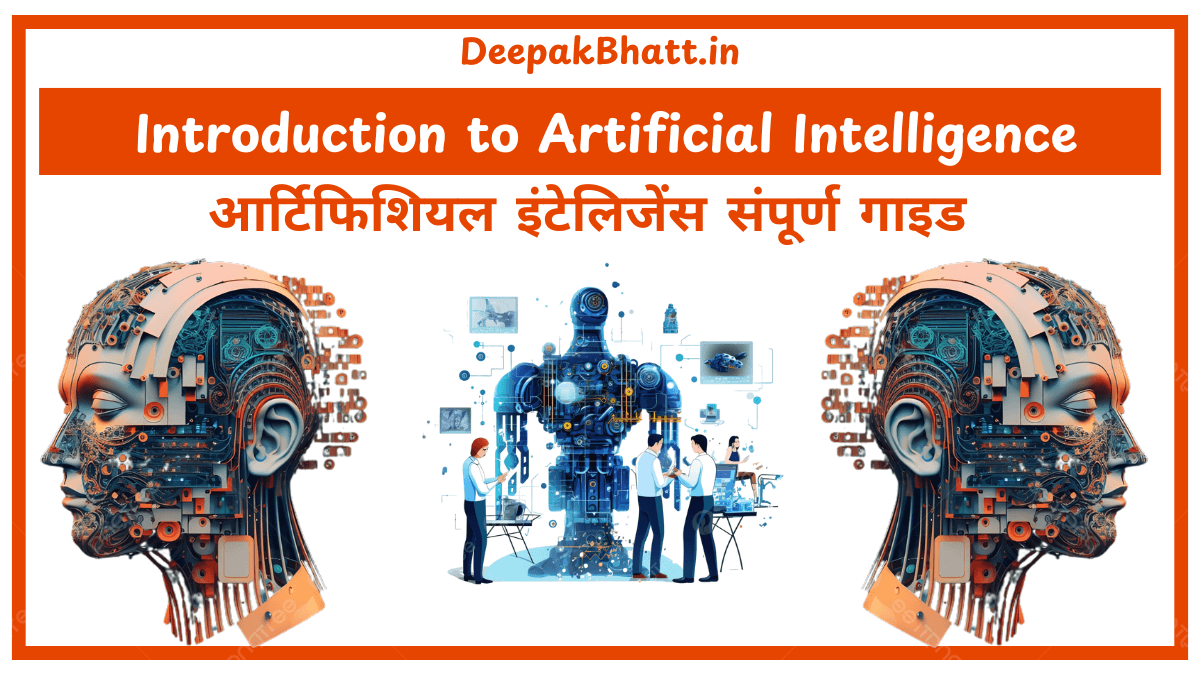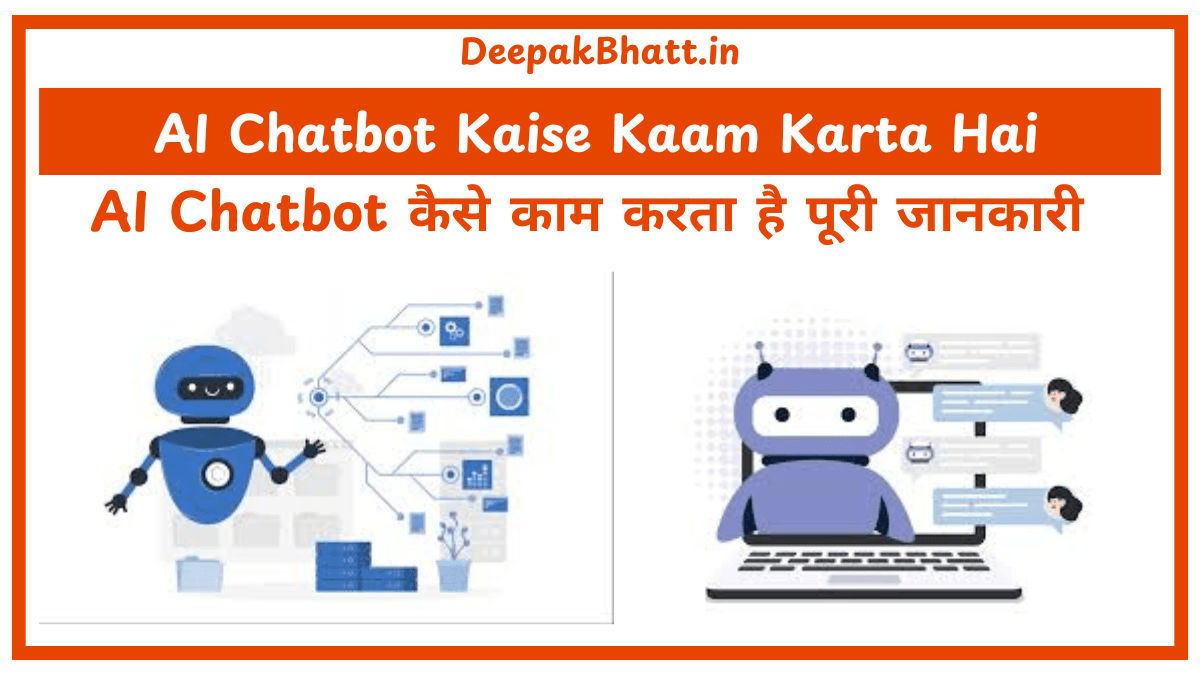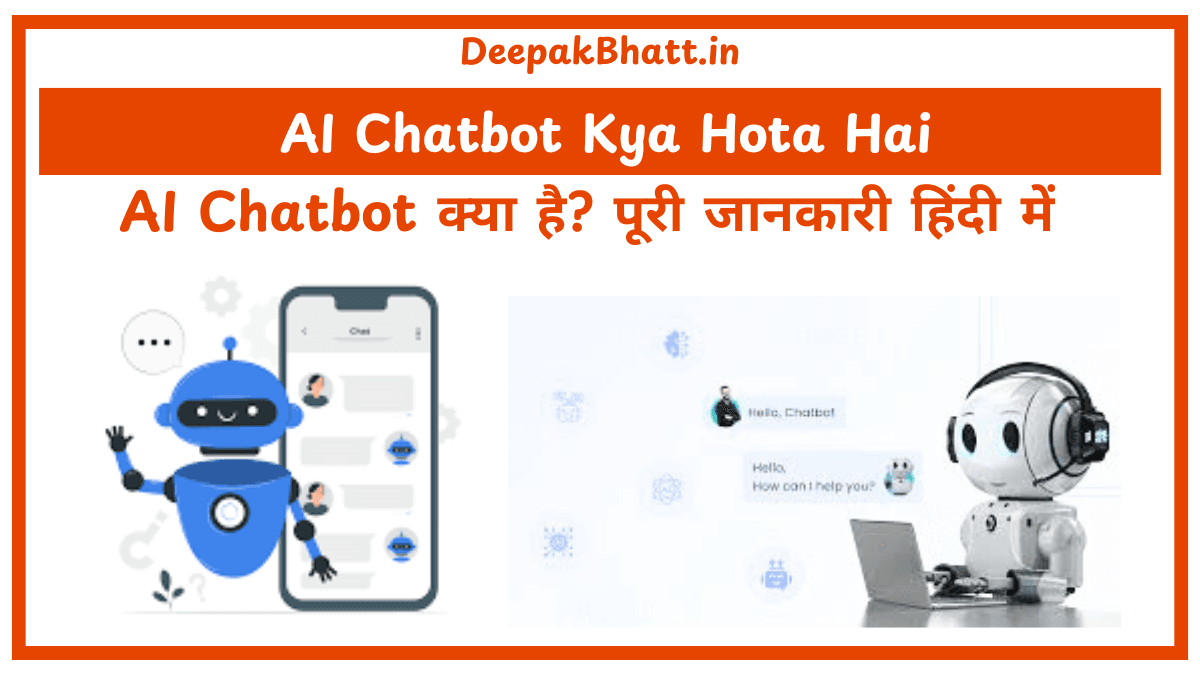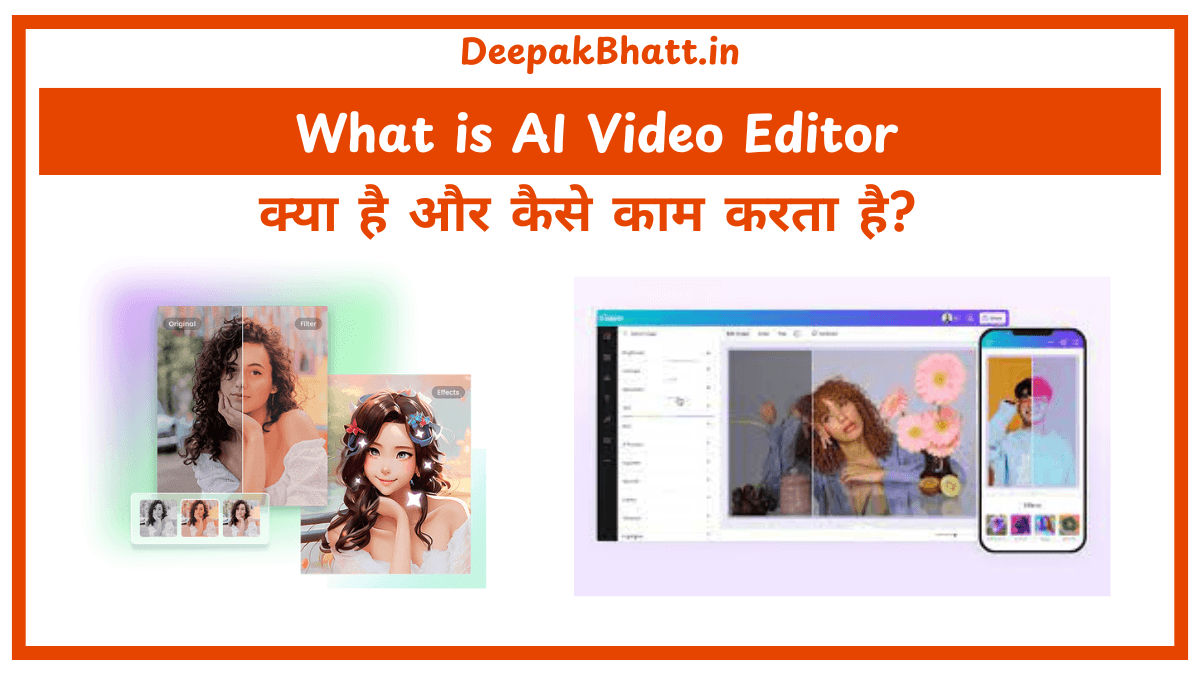Holi festival India Holi is a popular Hindu festival celebrated in India, and it is also known as the “Festival of Colors” or the “Festival of Love.”
The festival usually takes place in late February or early March and is celebrated over two days.
On the first day, known as Holika Dahan or Chhoti Holi, people light bonfires to symbolize the victory of good over evil. They also perform prayers and rituals around the fire.
The second day of Holi is known as Rangwali Holi or Dhulandi, and it is the day when people throw colored powder and water at each other.
People come together, dance, sing, and play with colors. Holi is also an occasion to savor traditional sweets and snacks.
What is holi and Why is it Celebrated in India?
Holi is celebrated across India, and different regions have their unique customs and traditions.
Mathura and Vrindavan, in the northern state of Uttar Pradesh, are famous for their Holi celebrations.
In these towns, people play with flowers and use traditional musical instruments like dhol and manjira.
Holi traditions

Holi is a popular festival in India and Nepal, celebrated in the month of March. It is also known as the “Festival of Colors” or the “Festival of Love”. The traditions of Holi vary from region to region, but some of the common traditions include:
Playing with colors: The main tradition of Holi is playing with colored powders and water. People smear each other with brightly colored powders, throw water balloons, and squirt water guns filled with colored water.
Holika Dahan: On the eve of Holi, a bonfire is lit to symbolize the victory of good over evil. This tradition is known as Holika Dahan.
Sweets: Sweets are an important part of the Holi celebrations. People prepare and exchange sweets such as gujiya, mathri, and laddoo.
Thandai: Thandai is a traditional drink made with milk, nuts, and spices. It is often served during Holi celebrations.
Music and dance: People dance to traditional music during Holi celebrations. The dhol, a traditional Indian drum, is often played during Holi.
Bhang: Bhang is a traditional drink made with cannabis leaves and milk. It is often consumed during Holi, particularly in some regions of India.
Holi Pooja: In some regions, people perform a special Holi puja, seeking the blessings of the gods for prosperity and good health.
These are some of the common traditions associated with the festival of Holi.
Holi History

Holi is an ancient Hindu festival that has been celebrated in India for thousands of years. The exact origins of the festival are not clear, but it is believed to have originated as a celebration of the end of winter and the arrival of spring.
One of the most popular stories associated with the festival is the story of Prahlada and Hiranyakashipu from Hindu mythology.
According to the legend, Hiranyakashipu was a demon king who was granted a boon that made him invincible.
He became arrogant and started persecuting his own son Prahlada, who was a devotee of Lord Vishnu.
Hiranyakashipu’s sister, Holika, had a boon that made her immune to fire, so she attempted to kill Prahlada by burning him in a fire.
However, due to Prahlada’s devotion to Lord Vishnu, he emerged unharmed from the fire, while Holika was consumed by the flames.
This story symbolizes the victory of good over evil, and the burning of Holika is celebrated as Holika Dahan, the night before Holi.
Another legend associated with Holi is the story of Lord Krishna, who is believed to have played Holi with his friends and his beloved Radha.
According to the legend, Krishna was known for his playful nature and used to play pranks on the gopis and steal butter from their homes.
He also used to play Holi with colors and water, and the tradition is said to have originated from this.
Over the years, Holi has become a secular festival and is celebrated by people of all religions and backgrounds. It is a time of joy, celebration, and renewal, and marks the beginning of spring and the end of winter.
Holi celebrations

Holi is a colorful and joyous festival that is celebrated by people of all ages and backgrounds in India and other parts of the world.
The celebrations usually begin on the night before Holi with Holika Dahan, the burning of a bonfire to symbolize the victory of good over evil.
On the day of Holi, people celebrate by playing with colors and water, dancing to music, and enjoying sweets and traditional delicacies.
The celebrations typically start in the morning with people gathering in groups to play with colored powders and water.
People smear each other’s faces and clothes with bright colors, and spray water using water guns and water balloons.
This is known as playing Holi and is a symbol of unity and joy, as people from all backgrounds come together to celebrate.
Music and dance are an important part of the Holi celebrations, and people dance to traditional Holi songs such as “Rang Barse” and “Holi Ke Din.”
The dhol, a traditional Indian drum, is often played during Holi, adding to the festive atmosphere.
Sweets and traditional delicacies such as gujiya, mathri, and laddoo are an important part of the Holi celebrations, and people exchange sweets with each other as a symbol of goodwill and friendship.
Holi is also a time to forgive and forget, and people use the occasion to reconcile with their friends and family members.
It is a time of joy, renewal, and new beginnings, as people put aside their differences and come together to celebrate the spirit of Holi.
आप सभी का मेरी वेबसाइट पर स्वागत है। मैं Blogging, earning money online और अन्य Categories से संबंधित Post Updates करता रहता हूँ। यहाँ आपको बहुत अच्छी Post पढ़ने को मिलेंगी। जहाँ से आप बहुत सारा Knowladge बढ़ा सकते हैं। आप हमारी website और Social Media के माध्यम से हमसे जुड़ सकते हैं। धन्यवाद
